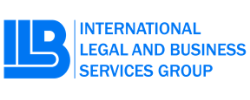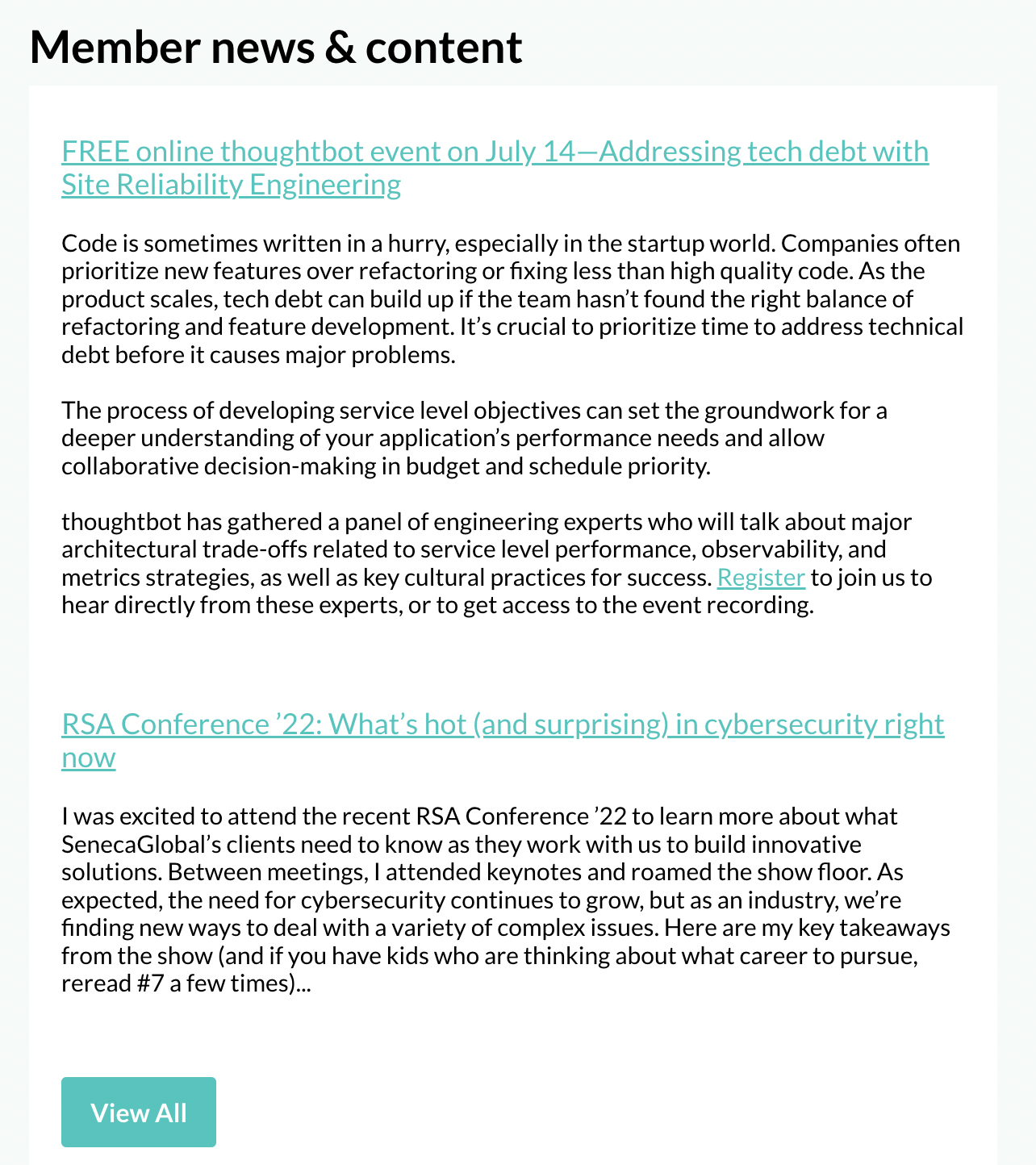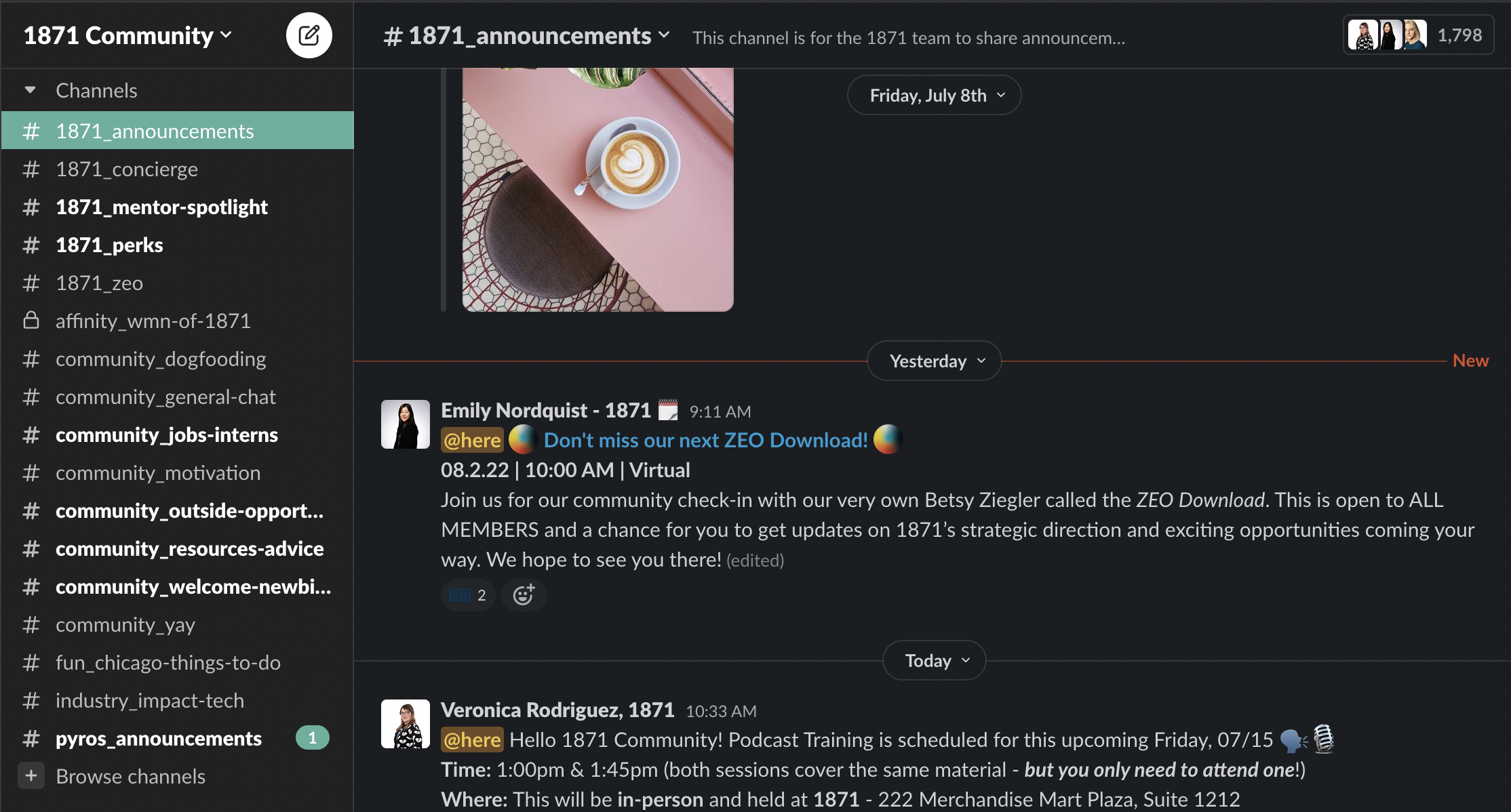Throughout 2021, the IT industry has experienced substantial growth, despite the Covid-19 pandemic hindering overall job growth in the U.S. In fact, the IT industry experienced growth every month of this year, averaging 13,000 new jobs each month. Experts say that these numbers would have been even higher if employers had been able to find sufficient qualified candidates for all the positions available. In this regard, the IT industry has remained largely the same as it was pre-pandemic: there are more jobs available than qualified candidates.
As ILBSG reported earlier, the labor shortages in the U.S. have increased pressure on employers to recruit and retain much-needed talent. Resignations in the tech space have increased by 4.5 percent, as employees continue to leave their jobs for new opportunities in this unusually favorable job market, with millions of job openings.
As the IT industry continues to experience high demand for available workers, recruiting and retaining foreign talent will be crucial for many businesses. The H-1B program, which is the most popular visa for bringing highly skilled workers to the U.S., is a great option for many facing labor shortages. However, the complexities of the H-1B program require careful planning and execution. Retaining H-1B employees once you have brought them to the U.S. can be an even bigger challenge.
ILBSG is here to help you build an effective strategy for attracting, hiring, and retaining foreign talent. This article explains what you need to know in order to effectively utilize the H-1B program and improve employee retention overall.
How to Attract Talent
Before you can file an H-1B visa and begin the process of sponsoring an employee, you must first attract and recruit the talent you need. As the IT industry is experiencing significant labor shortages, recruiting talent will mean taking steps to set your company apart from others. This means your company will need to offer a competitive salary, competitive benefits (which must be the same as the benefits offered to your U.S. employees), as well as opportunities for continued growth at your company. While standard benefits include health insurance, paid leave, and retirement benefits such as a 401k, other benefits are increasingly important to employees. Many employees prioritize the flexibility to work from home and additional vacation time when deciding which position is the right fit. This is particularly true for foreign employees who will have to travel overseas to visit family.
For many foreign workers, the uncertainty over their immigration status is also a major deciding factor. When making an offer of employment to a foreign worker, you will want to explain the H-1B immigration process clearly, so they understand each step and what to expect. As an employer, if you are knowledgeable about the H-1B program, prospective employees will feel more confident being sponsored by your company. To that end, we advise working with an experienced immigration attorney, who can explain the process for you and give you the tools you need to effectively reassure employees their immigration process will be seamless.
Finally, your company should be transparent about the possibility of green card sponsorship, as this could give you a competitive edge in recruiting talent from the start. While a coveted H-1B visa is attractive for foreign workers, the opportunity for permanent residency in the U.S. is the end goal for most foreign employees, so this can be an invaluable tool for attracting the best and brightest talent.
How to Hire Talent
Since the IT industry has been especially impacted by widespread labor shortages, employers should plan ahead in order to utilize the H-1B program in the coming year. While the H-1B program is an excellent tool for bringing foreign talent to the U.S., it is a complex, time-sensitive process. As such, it requires careful advance planning and execution.
The next H-1B cap will occur in March 2022. As in the years past, there will be a 3-week registration period immediately followed by a selection period. A recent court decision has ensured that the next H-1B cap will again be a lottery, which is good news for those hoping to file. In the future, we could see the H-1B program move to a wage-based system favoring the highest wages, but for now, the lottery system remains in place. Since a lottery system is luck of the draw, ILBSG recommends employers hoping to secure H-1B visas for foreign workers in the upcoming cap strategize early to maximize their chances.
The more candidates you register in the H-1B cap, the higher likelihood you have that some will be selected in the lottery. If you have positions you need to fill at your company, you should register sufficient candidates to fill those spots, keeping in mind that only about 28% of the candidates registered will be selected. For FY 2022, 308,613 candidates were registered for the 85,000 spots available. Understanding the selection rate will allow you to register sufficient candidates to ensure your staffing needs are met.
In order to register sufficient candidates to fill your open positions, you will want to begin the recruitment process early. This means posting the positions ahead of time and completing careful screening to ensure the candidates are adequately qualified, well in advance of the registration period in March. If you wait too long to start recruiting, the registration period may close. If you weren’t able to register sufficient candidates before the period closes, you may have few to no candidates selected. Avoid this scenario completely by planning ahead.
How to Retain Talent
Once you have successfully registered candidates in the H-1B lottery and filed the H-1B petitions for the candidates selected, the emphasis should shift to employee retention. Once a foreign employee is in the U.S. and holds H-1B status, they can easily pursue new opportunities and transfer their H-1B status to a new employer. Since an H-1B transfer petition allows the employee to move to the new employer as soon as it’s filed, many H-1B employees will take advantage of the favorable job market and pursue better opportunities if they arise. The key is to ensure your H-1B employees want to stay at your company. Employee retention is critical for all businesses, but particularly when it comes to foreign talent since you have already invested time and money into their immigration process.
In order to ensure your employees stay at your company, there should be a strong emphasis on employee development and career advancement. Employees want to stay at companies where they can grow. This not only means opportunities for promotions and higher salaries but also investment in your employees’ professional development. Particularly in the IT sector where technology is constantly changing, providing employees access to additional training and certifications to keep their skillsets up to date can set your company apart.
Employees are motivated by the opportunity for long-term growth and career stability. If you have a foreign worker employed on an H-1B visa who you wish to retain long term, we advise sponsoring them for a green card earlier than later. In general, employees are likely to leave their existing positions for higher salaries. But foreign workers are also motivated by their immigration status, so this is an important benefit to consider. If another employer will sponsor them, they are more likely to leave, particularly since without green card sponsorship, a foreign employee is on a set timeline before they have to return to their home country. The labor certification process can be lengthy, so it is important to start this process early in order to ensure the employee has an I-140 approval before they reach the six-year limit on H-1B. This is one of the only ways they will be able to extend their H-1B status beyond the sixth year. Since this is something every foreign worker will be thinking about, your company should be thinking about it too. If you have already invested years in an employee, take the necessary steps to guarantee their immigration status and retain them long-term.
How to Maintain a Compliant H-1B Program at Your Company
Finally, companies who want to utilize the H-1B program and hire foreign talent should be prepared to take the necessary steps to ensure complete immigration compliance. H-1B employees want to work at a reputable company with an excellent immigration track record. This means diligently following all rules and regulations, ensuring careful recordkeeping, and becoming knowledgeable about all H-1B program requirements. If a company has a reputation of complex Requests for Evidence (RFEs), H-1B denials, or scrutiny from USCIS or the Department of Labor, foreign workers will not want to risk their immigration status to join.
Working with an experienced immigration attorney is critical to success in utilizing the H-1B program. A knowledgeable attorney can ensure you are in complete compliance, assist you in recordkeeping, perform internal audits of your documentation, as well as assist you with responding to any inquiry from USCIS. As immigration laws and policies frequently change, the importance of an experienced immigration attorney cannot be understated.
If you have questions about the H-1B program, hiring and retaining foreign talent, or the upcoming H-1B lottery, please reach out to an ILBSG attorney today. We are here to help you get the right advice.
Originally published here!
Join as an 1871 Growth Stage Member.
Attend info sessionSubscribe to our ICYMI newsletter.
Share this post:



